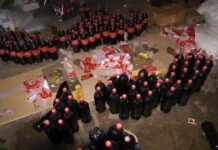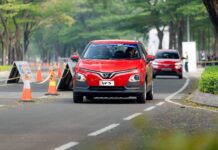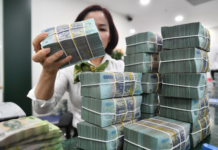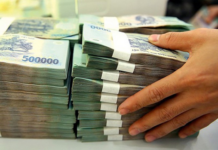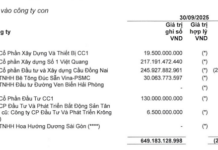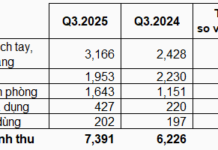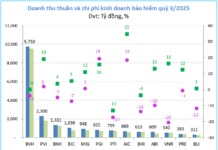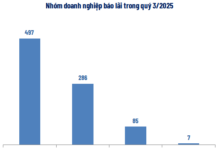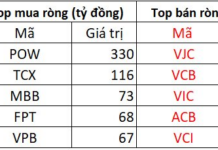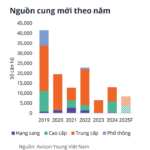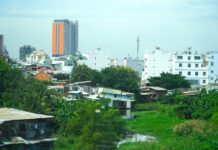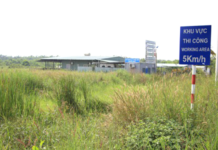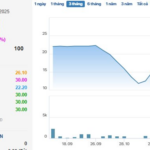The real estate market is undergoing a significant transformation, marked by the emergence of innovative models like Livehouse. This concept seamlessly integrates living, business, and entertainment within a single space, perfectly aligning with the “sleepless” rhythm of modern urban life.
In recent years, the concept of the “night-time economy” has become integral to urban development strategies worldwide. Studies indicate that, when properly harnessed, the night-time economy can contribute between 6–10% to a nation’s GDP. In Vietnam, the government has officially launched the Night-Time Economy Development Plan until 2030 (Decision 1129/QĐ-TTg), recognizing it as a new growth driver to boost income, create jobs, and stimulate domestic consumption.
Under this plan, major cities are encouraged to extend service hours beyond midnight, promoting models that combine commerce, tourism, and nighttime entertainment. This shift is pivotal, opening vast opportunities for related sectors such as tourism, retail, services, and particularly real estate.
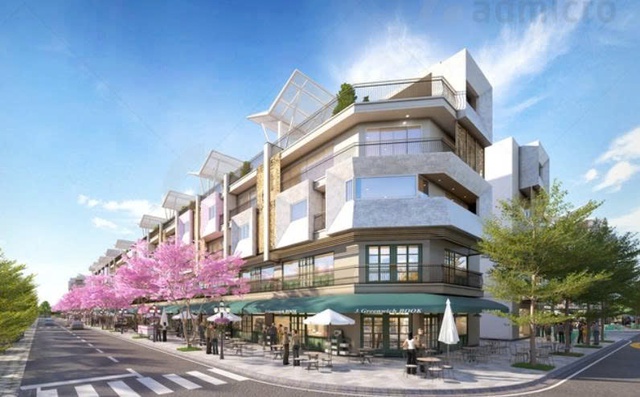
The rise of 24/7 real estate models is becoming a new trend (Illustrative image)
Real Estate Embraces the 24/7 Urban Lifestyle
In this context, the emergence of 24/7 real estate models is becoming a new trend. Many urban projects now go beyond mere living spaces, adopting integrated models that blend work, entertainment, business, and cultural experiences day and night.
In countries like South Korea, Singapore, and the UK, the night-time economy is a critical component of urban development strategies. Areas effectively leveraging this model often see a 10–20% increase in property values within a few years of stable operation, thanks to higher foot traffic and commercial revenue.
In Vietnam, this shift is gradually taking shape, particularly in expanding urban areas and tourism hubs like Bac Ninh, Hai Phong, and Quang Ninh. These regions still have ample central land available, and local authorities are actively promoting nighttime service development.
Livehouse – A Real Estate Model Tailored for the Night-Time Economy
Among emerging real estate models, Livehouse stands out for its adaptability to the 24-hour urban lifestyle. By aligning with the night-time economy trend, Livehouse not only enhances its appeal but also unlocks new profit-generating scenarios for investors.
This model represents a natural evolution in urbanization, as living, business, and entertainment needs increasingly converge. With its ability to operate continuously day and night—serving as a living and working space by day and transforming into a hub for dining, shopping, and entertainment by night—Livehouse embodies the spirit of a dynamic 24/7 city. Here, real estate value is defined not just by location but also by its capacity to generate revenue and connect modern urban life.
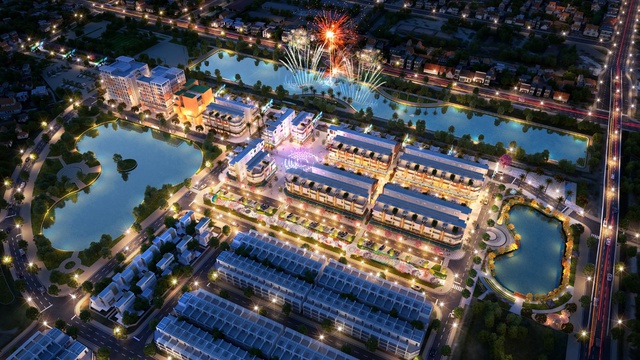
Livehouse – A next-generation real estate model adapted to the 24/7 urban rhythm (Illustrative image)
Solasta Nite Oasis – A New Icon of Nightlife in Bac Ninh
Amid this wave of development, Solasta Nite Oasis is recognized as a pioneering Livehouse project in Bac Ninh. Designed as an “urban eco-oasis,” Solasta Nite Oasis aims to create a 24/7 ecosystem where residents can live, work, and enjoy nighttime entertainment seamlessly.
Strategically located between Bac Ninh’s city center and regional trade routes, Solasta Nite Oasis is poised to become a new symbol of the night-time economy in Northern Vietnam. It will serve as a hub for high-tech entertainment, artistic activities, and premium accommodations.

Solasta Nite Oasis: A night-time economy complex blending pure living and high-tech entertainment (Rendering)
From a market perspective, the emergence of night-time economy models like Livehouse, exemplified by Solasta Nite Oasis, is redefining how real estate creates value. While traditional metrics focused on location and size, the ability to operate 24/7 is now a key measure of profitability and investment appeal.
In the long term, as infrastructure, legal frameworks, and night-time economy management policies mature, dynamic cities like Bac Ninh, Hai Phong, and Da Nang will gain a distinct competitive edge. This advantage will extend beyond tourism, attracting investment and establishing them as true “sleepless” economic centers.
Cooling Down the Land Fever: Da Nang Cracks Down on Price Manipulation and Speculation
In response to the recent complexities in the real estate market, the People’s Committee of Da Nang City has issued an official dispatch to inspect, review, rectify, and address issues related to price manipulation and speculation in real estate. The directive also focuses on enhancing land management and utilization across the city.
Top Vietnamese Conglomerates Sun Group, Novaland, and Hoa Sen Group Pour VND 35 Trillion into 9 Mega Projects Spanning Over 2,300 Hectares in Lam Dong
Among the entities receiving investment certificates and signing agreements are prominent corporations and conglomerates such as Sun Group, Novaland, and Hoa Sen Group.




